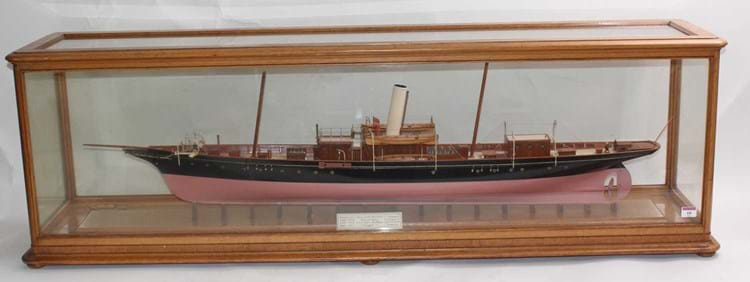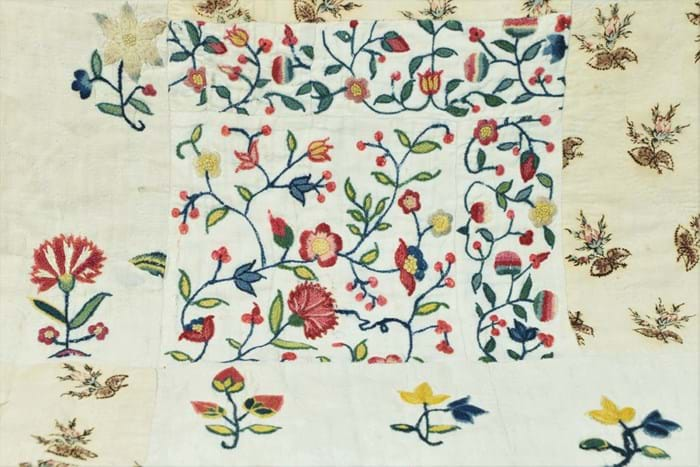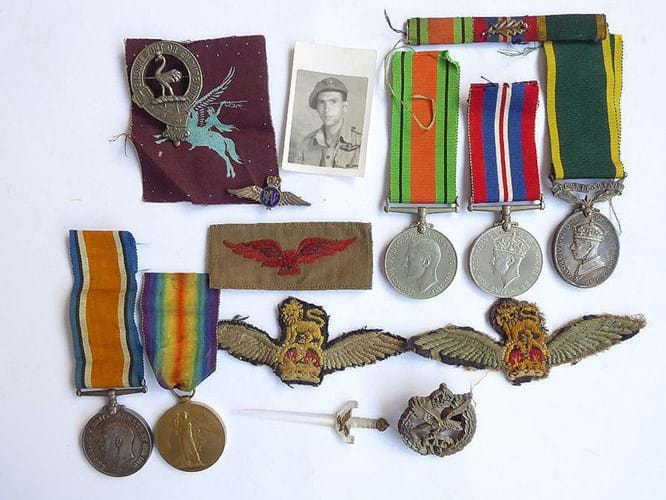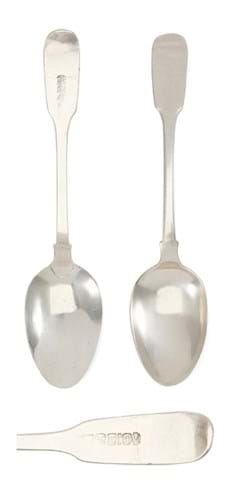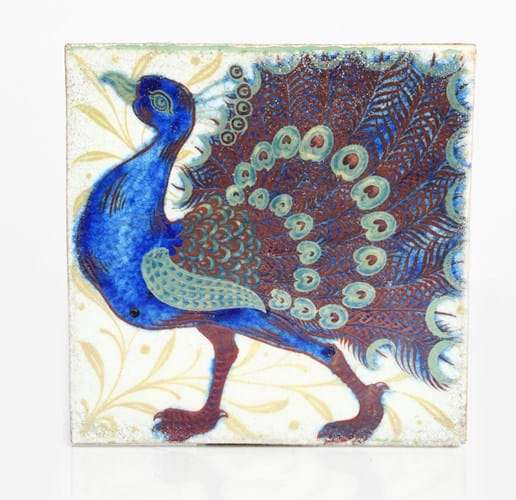1. Steam ship model – £12,700
This ship model, pictured above, was consigned for sale at Bury St Edmunds firm Lacy Scott & Knight on August 20 from an estate in Ipswich. Little is known of its provenance, but an engraved copper plaque provides plenty of clues to its origins.
It reads Steam Yacht Oriental Designed and Built by AJ Inglis, Pointhouse, Glasgow, together with technical information on its dimensions and engine size.
The Oriental, an elegant steel screw steamer with two masts, was made for the MacKinnon, family of Campbeltown by the Inglis yard in 1891 with the model probably made around the time of its launch.
Housed in a case measuring 1.42m, it was deemed ‘of museum quality’ and attracted considerable interest at its estimate of £3000-5000. The hammer price was £12,700.
2. Exceptional early 19th century quilt – £5200
While 19th century American-made needlework quilts can often sell for substantial four and even five figure sums, it is a rare that an English example brings as much as this one offered at Tennants in Leyburn on August 21.
Made in the first quarter of the 19th century it was made using pieces of an 18th century textile, beautifully embroidered in fine woollen thread with floral sprigs and flower heads, and other panels of printed fabrics. The reverse is mounted with three widths of white cotton, hand-quilted with scalloped designs and flower heads with cotton loops stitched to the top for hanging.
It had some small areas of wear and discolouration but it was generally in remarkable condition and retained its vivid colours.
As the star lot in the auctioneers’ Costume, Accessories and Textiles sale it was estimated at £3000-5000 and did not disappoint, selling above top estimate for £5200.
3. Glider Pilot medals – £3200
Serving in the Glider Pilot Regiment was a notoriously tough task during the Second World War. Landing the craft was hazardous after which the pilots were expected to fight alongside the infantry they carried until they could be relieved.
Operation Mallard on D-Day involved flying in the 6th Airlanding Brigade and divisional troops to reinforce the 6th Airborne Division on the left flank of the invasion beaches. Some 246 of the 256 gliders landed safely.
A medal group awarded to one of the pilots who took part in Operation Mallard, Sgt Allan Barr Lindsay, came for auction at Gloucestershire saleroom Tayler & Fletcher on August 14.
Offered together with his father’s First World War medals, Lindsay’s War Medal 1939-45 featured an oak leaves clasp on the ribbon bar, denoting he had been mentioned In Despatches for his part as one of the 74 glider pilots of E Squadron (2nd Wing) during Mallard.
Having survived the landing, his luck ran out by September when he was captured and kept in Stalag 4b, Muhlberg (Elbe) until the end of the war.
The medal groups and various badges, estimated at £100-200 sold for £3200.
4. Scottish provincial silver spoon – £2200
The rarest Scottish provincial town marks, known only from spoons and ladles, are those of Stonehaven, Ellon and Keith.
While a few pieces with Stonehaven and Ellon marks are known, Keith silver, made in the Moray town with a population numbering less than 5000, has rarely appeared at auction – the last example of a Keith spoon was offered in the 1990s.
This humble 19th century fiddle pattern teaspoon came for sale at Lyon & Turnbull’s Scottish Works of Art sale in Edinburgh on August 18. As with the two examples illustrated in Jackson’s Silver & Gold Marks of England Scotland and Ireland, it is marked JC, probably for John Cumming, a watch and clockmaker in Keith. The town name is built from five oddly shaped letter punches, perhaps made by Cumming himself.
The estimate was £1000-1500 but it did even better, selling at £2200.
5. Willian de Morgan triple lustre peacock tile – £6000
The British Art Pottery sales at Woolley & Wallis have posted some remarkable sums for single William De Morgan tiles.
Back in June 2012, £5100 was bid for a rare monochrome blue and white kingfisher tile – a record bettered in December 2013 when a Sands End period tile painted in shades of blue and green with a pair of chameleons took £7200. More recently in December 2019 bids of £4800 and £6000 were taken for triple-lustre tiles (a water bird with an eel and a cockerel) consigned for sale from the family of Tom Kremer, a games designer, entrepreneur and publisher best known for his discovery and popularisation of the Rubik’s Cube.
Those tiles – removed from a tray for sale and in excellent condition – were joined on August 24 by another from the same source. It depicted a favourite Arts and Crafts motif, a strutting peacock, and again dates from the Late Fulham Period (1897-1907) when De Morgan was working in partnership with decorators Charles and Fred Passenger and Frank Iles. This particular design was made in a number of different treatments although the blue, red and green lustre technique that, required multiple firings, was particularly expensive to produce.
Estimated at £1500-2000, it sold at £6000.


